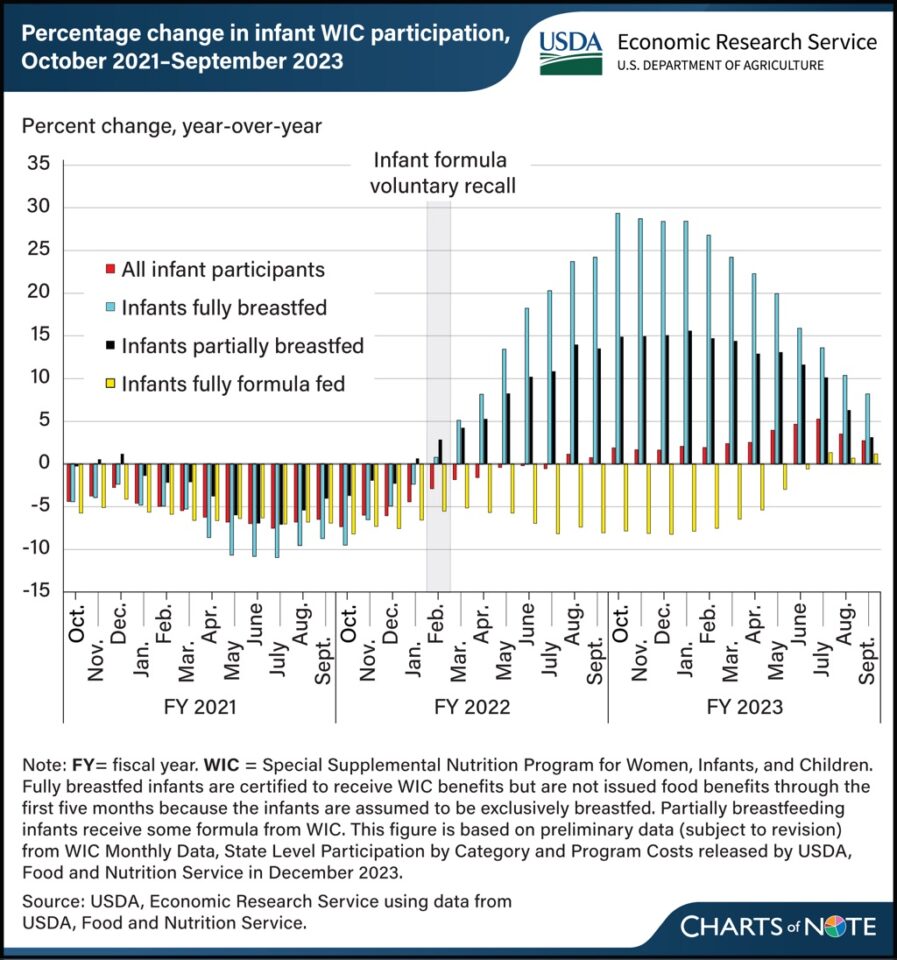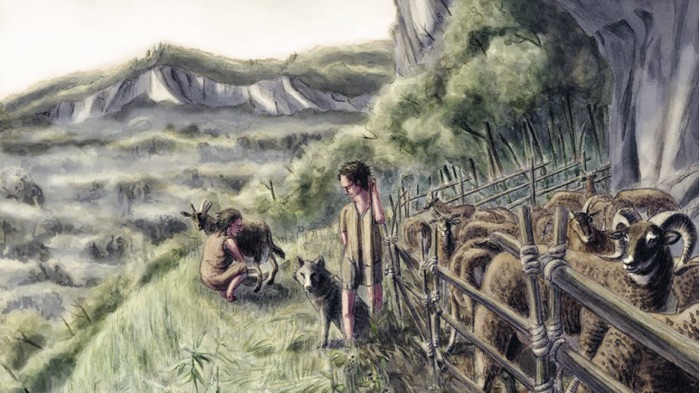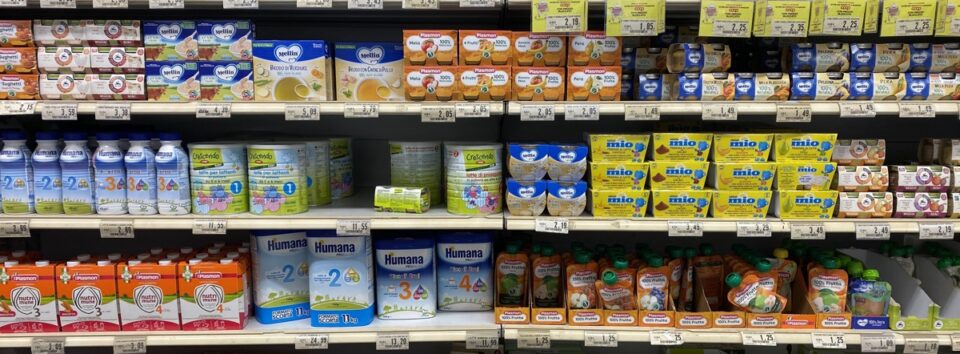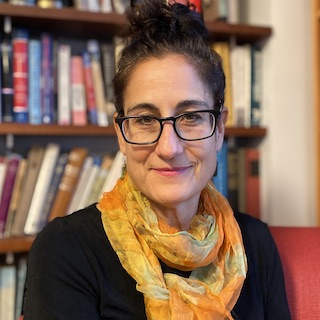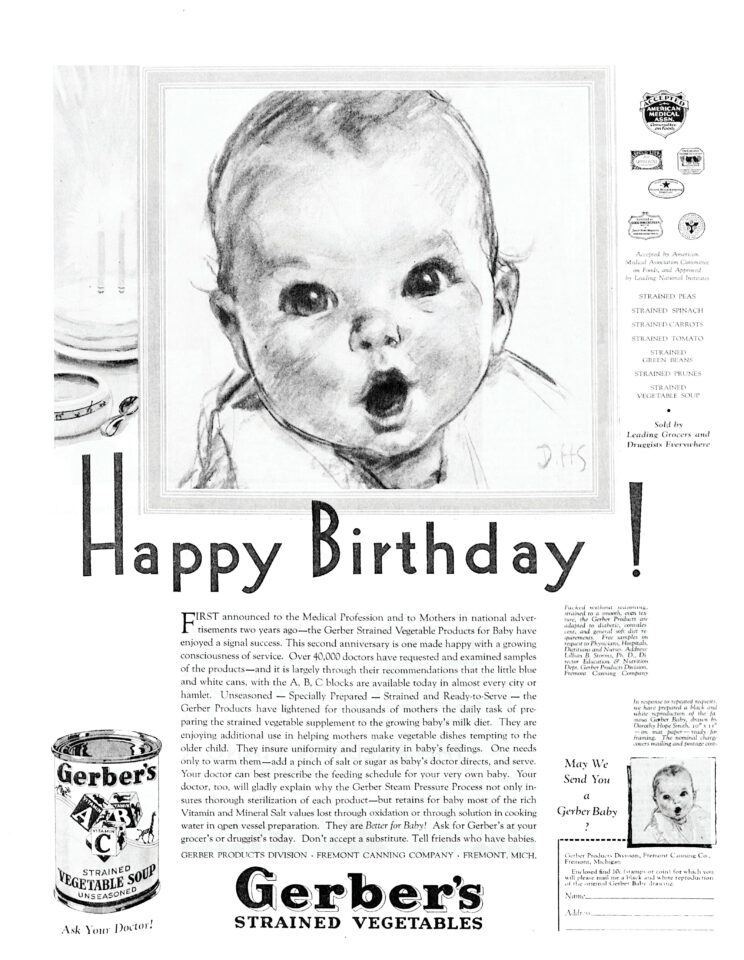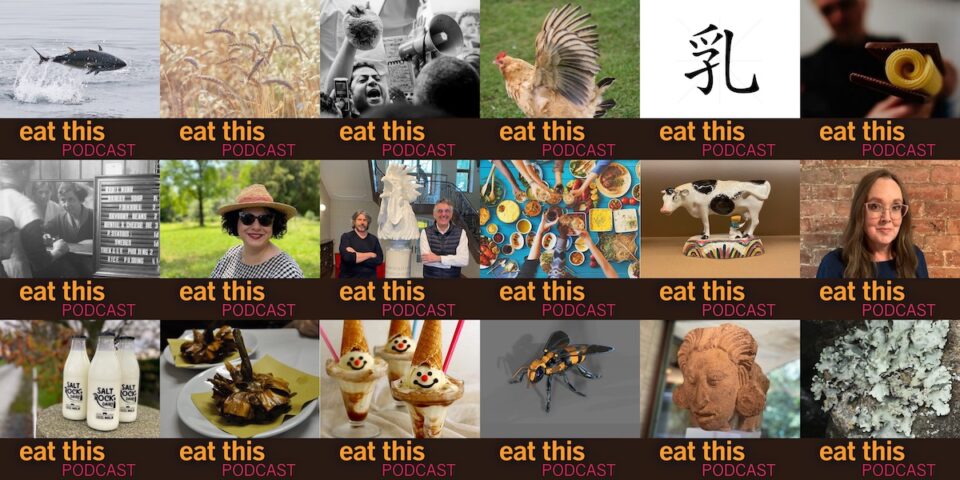
Podcast: Play in new window | Download (Duration: 26:12 — 24.1MB)
Subscribe: Google Podcasts | Spotify | Android | RSS | More
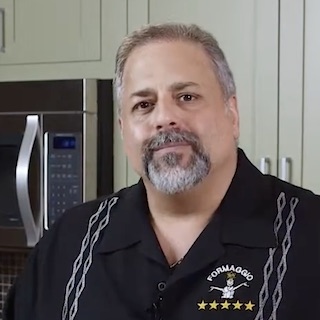
Notes
- Take a look at Formaggio Cheese if you want to get a better idea of the “75 different Fresh Mozzarella products” they offer.
- Stolen Dough, the documentary, is available on a few streaming channels.
- There’s a report of the case that I certainly am not competent to judge on its merits. Still, even if Pizza Hut did not infringe on Anthony Mongiello’s legal rights, the company’s moral judgement leaves a lot to be desired.
- Would you like to see Italian mozarella di bufala DOP being made? Of course you would.
- Here is the transcript.

